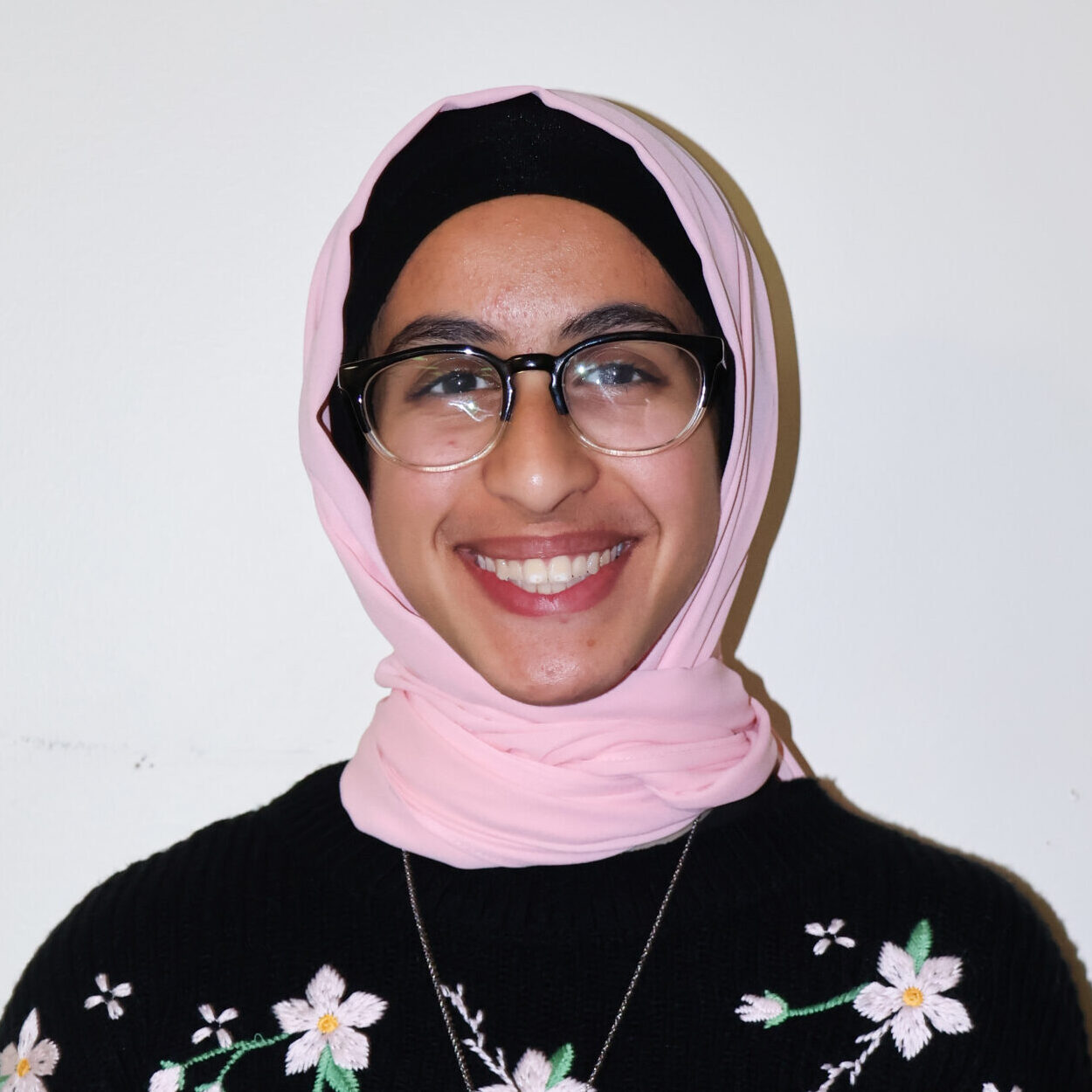Entering the Lunar New Year, Loyola’s Department of Programming hosted a celebration for students embracing the cultural holiday.
DOP’s Lunar New Year Snakes with a Red Celebration
A roar of celebration reverberated through the Damen South Multi-Purpose Room as the Lunar New Year leapt to life with a dazzling lion dance. At every rhythmic beat of the drum, the crowd was swept further into a breathtakingly bold setting — the Year of the Snake had officially begun.

The Lunar New Year celebration was hosted Jan. 31 by the Department of Programming in collaboration with the Chinese Culture Association and the Vietnamese Student Association. The event showcased traditions of the holiday and the passionate effort students put into making it a memorable experience.
Around 300 attendees filled the room, drawing attention to cultural representation and unity on campus with so many attendees coming on a Friday evening.
Chinese and Vietnamese Lunar New Year celebrations share similarities and yet are still distinct. The Chinese New Year, celebrated for 15 days, often features dragon dances and fireworks, while the Vietnamese preparations start earlier but last for seven days, according to USA Today.
Students honored the day by adorning traditional formalwear, including the Vietnamese ao dai and the Chinese qipao and cheongsam.
DOP Collaborations Director Vivian Klosk said they wanted the celebration to include diverse cultures at Loyola. They hosted a presentation curated by CCA and VSA explaining the cultural meanings behind featured Chinese and Vietnamese dishes.

Select Chinese cuisine included sweet rice balls symbolizing togetherness, gold ingot-shaped dumplings representing prosperity, nian gao cake, which sounds like the word for year and signifies rising in status, noodles for longevity and fish to manifest good luck, according to the presentation handled by DOP.
Rice is an important part of the New Year because it’s accessible to all demographics in Vietnam. Vietnamese dishes at the event included sticky rice called banh tet and caramelized pork called thit kho, each deeply rooted in New Year history for representing great luck, according to MPR News.
Hong Chen, director of the Chinese Language Department, hosted a calligraphy station where students wrote their name in English for Hong Chen to translate into Chinese calligraphy. Other stations included red envelope decorating, lucky knot tying, a wishing tree and fortune telling.
“It’s important to share the cultural wealth of Chinese history, and calligraphy is a big part of it because our writing is connected with painting and drawing,” Hong Chen said. “It’s an art form as well as a method of communication.”

Third-year chemistry major Joseph Chen guided attendees through the art of lucky knot-tying — a tradition believed to bring good fortune. Fourth-year nursing major Nana Wu joined in, sharing the cultural significance behind the practice.
“This knot is just a symbol of luck that people usually hang on their door frames or doorknobs,” Joseph Chen said.
While assisting students, he said their enthusiasm for the material was a nice surprise.
“It’s lovely to see so many people actively engaging and enjoying these stations,” Joseph Chen said. “They want to take these crafts home, which is cute and meaningful because we don’t get this often.”
Martial arts school Freddie’s Modern Kung Fu performed a traditional lion dance. Their mesmerizing performance brought an electric energy to the enthralled audience.
“Just seeing the lion dance reminds me of being home with my parents, watching parades on TV, and tasting mooncakes brings me back to my grandma’s house,” Wu said. “Seeing so many people here is reminiscent of Chinese New Year gatherings where families come together. It feels like a big family in this space.”
The Vietnamese Student Association also performed a traditional hat dance, known as non la, which represents ancestors farming in rice fields, according to VSA member Carol Ngo.
“The hat dance incorporates synchronicity and teamwork — we practice night after night for these performances, and it really promotes a sense of community within our organization,” Ngo said.

Ngo said hosting such events at a predominantly white institution is necessary, as Asian students often find themselves in the minority and may not always see their cultural traditions reflected in campus life.
“We come from all different backgrounds here,” Ngo said. “Some of us are international students, some of us were born here, some of us were immigrants who came to Loyola. Events like this showcase our diversity and create a sense of belonging.”
Creating spaces for students to share their backgrounds helps celebrate diversity, not only affirming students’ identities, but also encouraging momentous conversations across different communities, which is especially important during the current socially unstable environment, according to DOP.
“It’s really important for us, especially at Loyola, especially in Chicago, especially right now in the United States, to bridge communities and learn what we have in common,” Klosk said. “We are part of a collective, not separate.”
-

Noman is a first-year neuroscience and English double major. When not reviewing books or writing about music, Noman enjoys reading, writing poetry, drinking coffee, and watching Young Sheldon. She loves exploring new narratives and capturing the heart of campus stories with a focus on culture and the arts.
View all posts
Topics
Get the Loyola Phoenix newsletter straight to your inbox!


